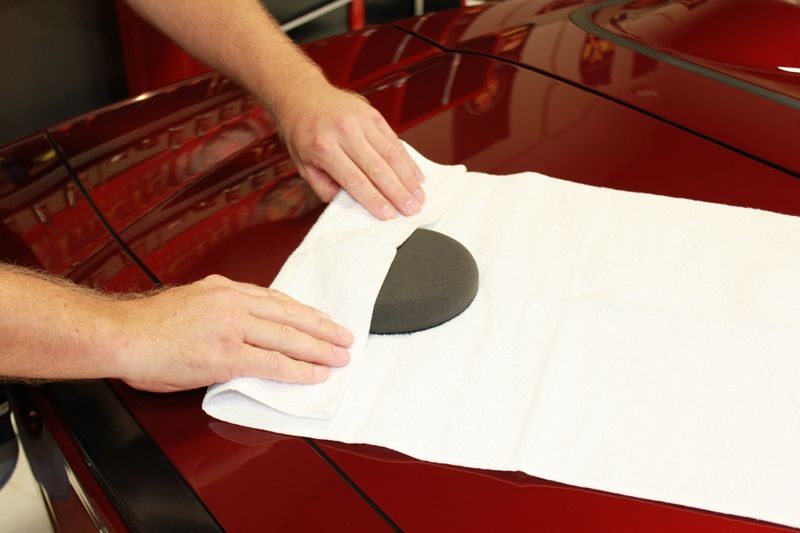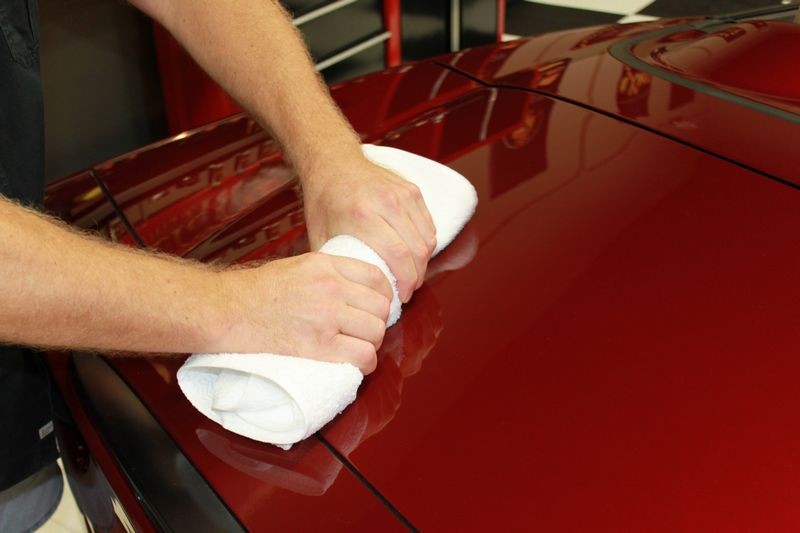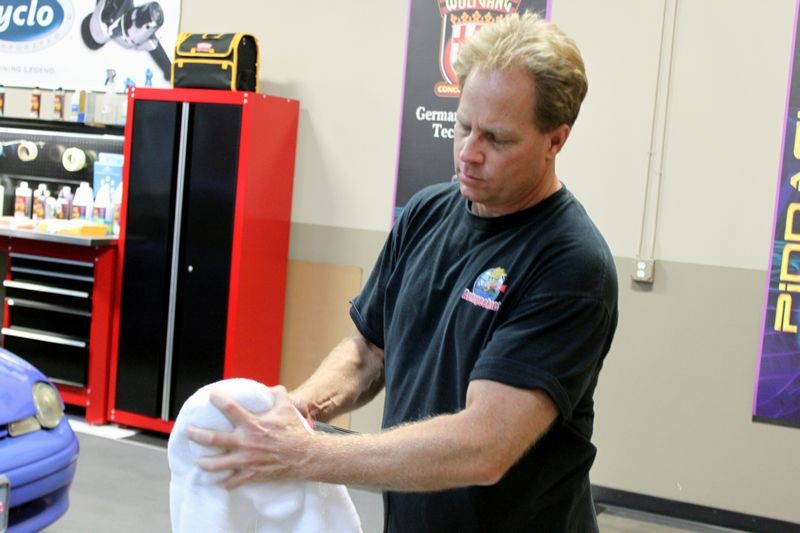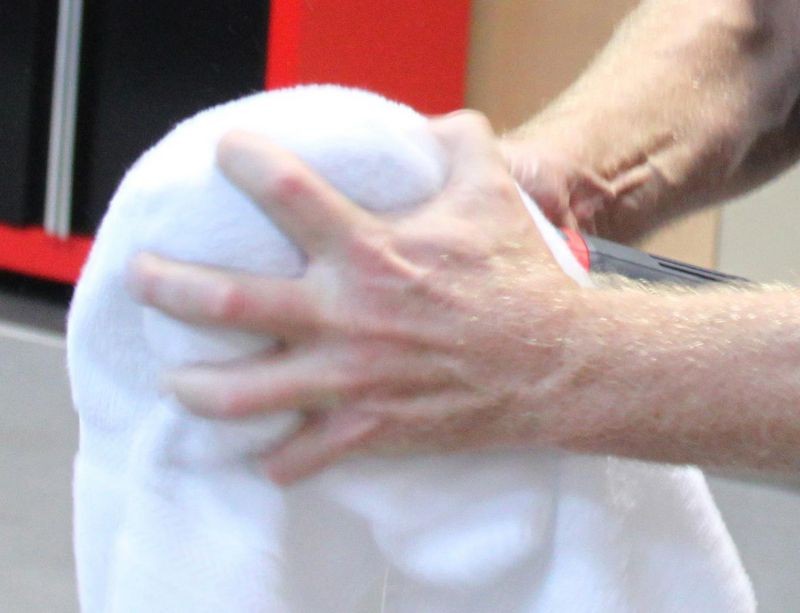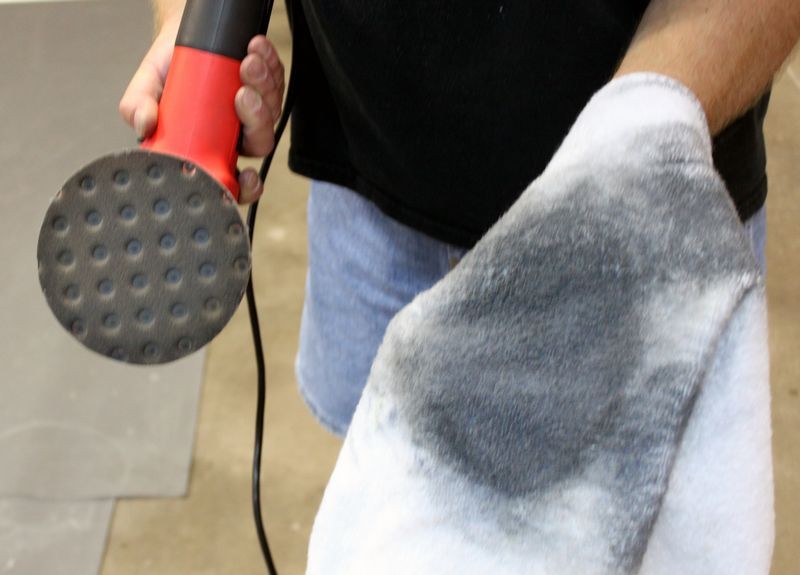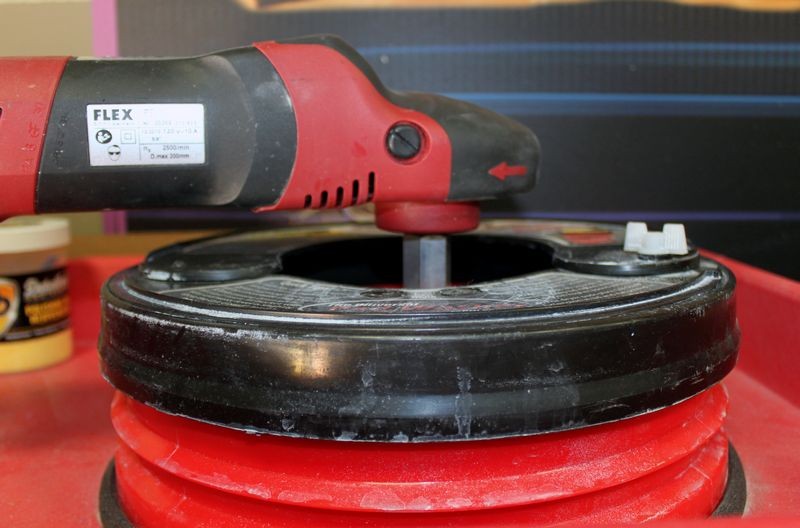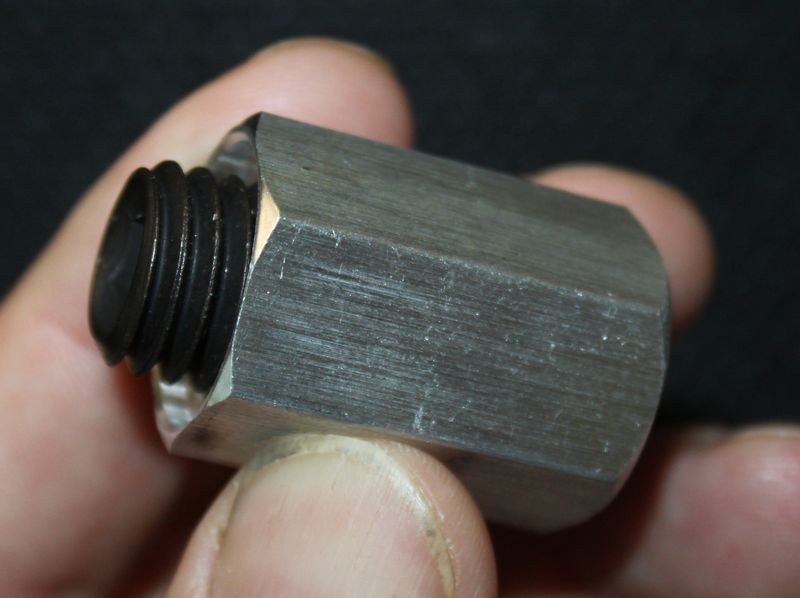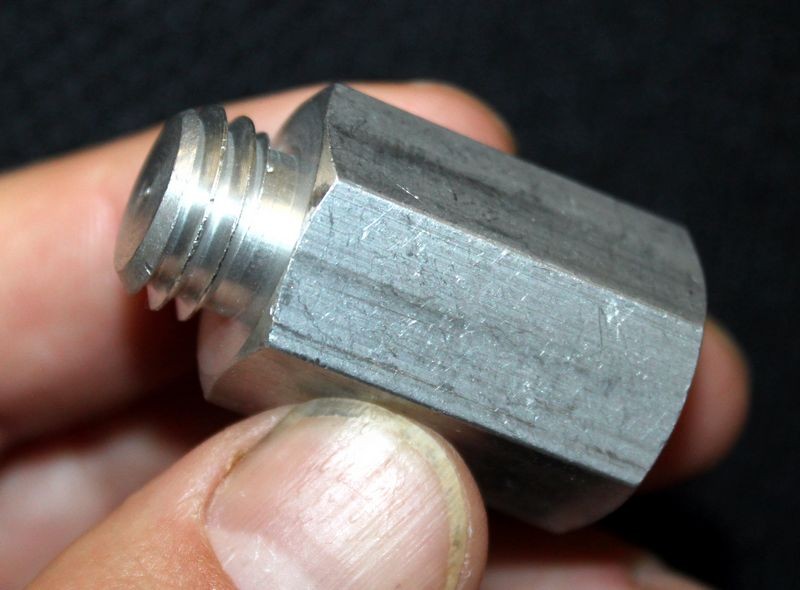Using the chemical guys pad washer works great but I never can seem to get the pad completely dry.
Is a little bit of dampness okay ?
Or is the polish going to be compromised ? If its not okay what are your suggestions ?
You know... this topic came up just recently. Using the search term,
centrifugal
I found the thread...
Are Lake County CCS pads ok for the Flex 3401 or is there a better choice
Here's
post #22 but the entire thread is worth reading through...
Thanks for your input Mike!
One few more question about the pad washer and pads.....
1. If using a pad cleaning powder with a water mixer, do you rinse the pad with fresh water after cleaning it in the pad washer?
I don't. Some people might. It would add a LOT of time to the overall time it would take you to buff out a car.
Ideally, you hold the polisher up a little while still inside the pad washer and with the Splash Guard Lid still closed and then run the polisher at a higher speed and this should sling out most of the water/cleaning solution via centrifugal force.
This works best with a rotary but all the polishers will sling out most of the water.
Then, if you really want to make sure most of the water is out of the pad, hold a clean, terry cloth hand towel against the pad and extract any extra water via absorption/capillary action.
Your question is good and the most anal retentive among us will ponder such topics but if you really want to drill down deep and I can drill down as far as anyone and usually farther, most of the time when you're using a pad washer it's during the heaviest correction step.
Right?
That's when two things are building up on the face of your pad.
Spent product - that is the used up compound or polish at the END of the buffing cycle for the application of product either applied to the paint or the face of the pad to work a section.
Removed paint - Or isn some cases, removed gel-coat if you're buffing out a boat.
Anytime you're abrading the surface by hand or machine you have these two things building up on the face of your applicator pad or buffing pad and they build up MOST when you're using the most aggressive compounds or polishes and thus they build up most for what I call the "Heavy Correction Step" in my how-to books.
Because most of us are going to do a secondary polishing step after the heavy correction step, if there's ANY type of issue caused to the paint because you didn't get 100% of the cleaning solution out of the buffing pad after cleaning the pad in a pad washer with the cleaning solution "in" the water, these issue will be addressed during the polishing step.
Make sense?
Now here's the good news... the point or potential for a little tiny bit of cleaning solution to affect whatever compounding or polishing step you're doing is so minuscule, it's not a point at all and I've never had an instance where anything I've ever buffed out was somehow negatively affected due to the cleaning solution being in the water instead of sprayed onto to the face of the pad with only clean water in the pad washer.
So it's a moot point in my opinion.
If you really wanted to get what I call "detail oriented", (I like this better than anal retentive but you get the idea), you could,
Place clean water in your pad washer.
Use a spray on pad cleaner to get cleaning solution to the face of the pad.
After spraying face of pad with spray-on pad cleaner, place pad/buffer in pad washer and clean pad.
After each pad you clean empty the water that is now contaminated with spent product and removed paint with fresh clean water.
Of course you can already see how much time this would add to buffing out a car.
You could do the above and then pick an arbitrary number like 12 and clean 12 pads like this and then clean the water. It's all up to you.
For me I place the cleaning solution in the bucket, I usually only use a half of a scoop and use the Detailer's Pad Reconditioning Cleaner. Sometimes I add warm water to the bucket since we have a water heater next to the garage with a water hose hooked up to it.
I clean my pads in the pad washer, then sling out as much excess water as possible.
For wool pads on a rotary I then use a spur to further clean, dry and most important fluff the fibers.
For foam pads on a DA I'll pat them with a dry, terry cloth towel or simply switch to a clean, dry pad.
All kinds of ways to tackle cleaning your pad I tend to favor the fastest and simplest ways so I can get back to work. Buffing out an entire car or boat already takes a long time... I try to do things in a way to decrease the time while maintaining quality.
2. When the pads are "clean", do you use them right away to use less pads for the job, or let the dry over night?
Thanks,
Michael
Another good question....
In a perfect world, you would have enough pads to use a single pad till you judge it needs to be clean then clean it and set it aside to dry and switch to a clean, dry unused pad.
By doing this you maximize the performance of the tool, the pad, the product and your time.
If you don't have enough pads to do this then what most people do is clean the pad, sling out any excess water and get back to work. Depending upon the tool and the pad this either works pretty well or less well.
More pads is better...

